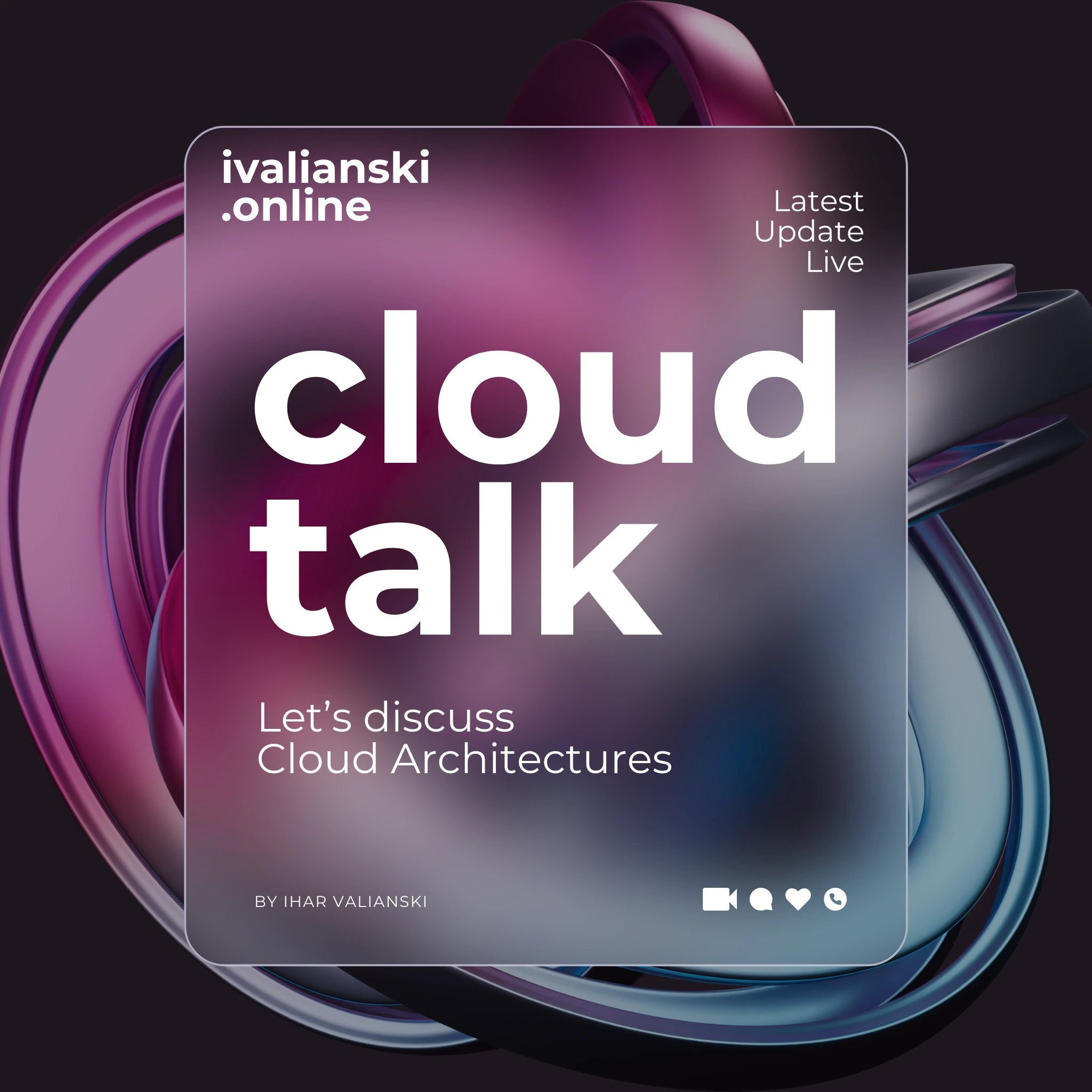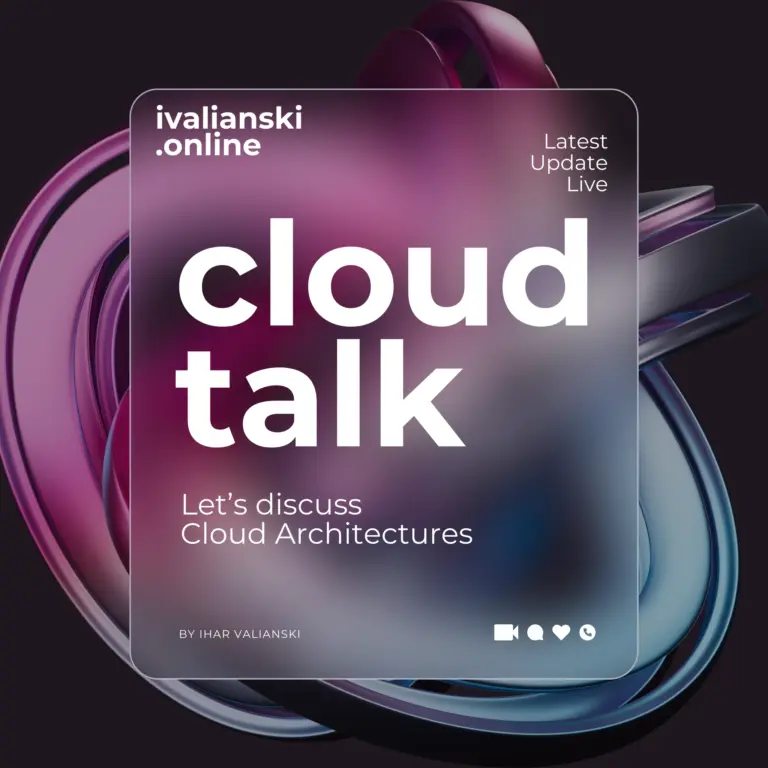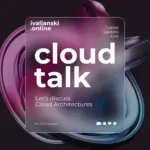Table of Contents

Introduction
Cloud computing is no longer a buzzword—it’s the backbone of modern digital transformation. Enterprises, governments, universities, and startups rely on cloud platforms to scale infrastructure, deliver applications faster, and reduce operational overhead. However, many organizations hesitate to go all-in on public clouds like AWS, Azure, or Google Cloud because of vendor lock-in, compliance requirements, or long-term costs.
This is where OpenStack comes in.
OpenStack is an open-source cloud operating system that allows businesses to create and manage their own cloud infrastructure, similar to how AWS or Azure operate—but fully under their control. Since its launch in 2010, OpenStack has evolved into a mature, modular platform backed by a global community of thousands of developers, with adoption by companies such as CERN, AT&T, NASA, Deutsche Telekom, and Walmart.
In this comprehensive guide, we’ll explore:
- What OpenStack is and why it matters in 2025
- Its modular architecture and design principles
- A detailed explanation of every core and optional component
- Real-world use cases and deployment strategies
- How OpenStack compares to public cloud providers
- Benefits, challenges, and the future of OpenStack
What is OpenStack?
At its core, OpenStack is an open-source platform for Infrastructure as a Service (IaaS). It allows administrators to control large pools of compute, storage, and networking resources in a data center through a dashboard (Horizon), APIs, or command-line tools.
It is designed to be:
- Open-source: Licensed under the Apache 2.0 license, ensuring freedom from vendor lock-in.
- Modular: Made of independent components (called services) that can be combined as needed.
- Scalable: Works for small test environments or hyperscale data centers.
- Flexible: Supports multiple hypervisors, networking models, and storage backends.
- Community-driven: Over 20,000 contributors and hundreds of organizations actively support development.
In other words, OpenStack is your own AWS built on your terms.
Why OpenStack Matters Today
In 2025, enterprises face increasing regulatory, financial, and security pressures. Many prefer private or hybrid clouds instead of going fully public. OpenStack is ideal because it:
Has strong adoption in telecoms (5G, NFV) and research institutions.
Enables data sovereignty (keeping data within borders).
Provides long-term cost control (capex vs opex).
Offers customization not possible with AWS or Azure.
OpenStack Architecture Overview
OpenStack’s power lies in its modular architecture. Instead of one giant monolithic system, it consists of independent services that communicate through REST APIs. This design allows administrators to pick and choose which services to deploy.
The main categories are:
- Compute (Nova) – Manages VMs and bare-metal servers.
- Networking (Neutron) – Provides virtual networking.
- Storage – Block storage (Cinder) and object storage (Swift).
- Identity (Keystone) – Authentication and authorization.
- Image (Glance) – Stores and manages VM images.
- Dashboard (Horizon) – Web-based user interface.
- Orchestration (Heat) – Infrastructure-as-code deployment.
- Telemetry (Ceilometer, Aodh, Gnocchi, Panko) – Monitoring and billing.
- Optional Add-ons – Databases (Trove), Containers (Magnum), Bare-metal (Ironic), DNS (Designate), and more.
Let’s now break down each component in detail with real-world applications.
Core OpenStack Components in Detail
1. Nova (Compute Service)
Nova is the compute engine of OpenStack. It provisions and manages the lifecycle of virtual machines (VMs), and increasingly, bare-metal servers and containers.
Key Functions
- Launch, resize, pause, or terminate instances.
- Integrates with hypervisors like KVM, QEMU, Xen, VMware ESXi, Hyper-V.
- Works with Ironic for bare-metal provisioning.
- Orchestrates storage via Cinder and networking via Neutron.
Sub-components
- nova-api – Receives REST API calls.
- nova-scheduler – Chooses the best compute node for new VMs.
- nova-compute – Talks directly to the hypervisor.
- nova-conductor – Mediates database operations.
- nova-consoleauth / nova-novncproxy – Handles remote console access.
Real-World Example
A telecom provider running 5G network functions can use Nova to spin up thousands of lightweight VMs across multiple data centers with low latency.
AWS Equivalent
- EC2 (Elastic Compute Cloud).
2. Neutron (Networking Service)
Neutron provides “networking-as-a-service.” Without it, instances would not have connectivity.
Features
- Supports flat networks, VLANs, VXLANs, and GRE tunnels.
- Provides virtual routers, load balancers, firewalls, and VPNs.
- Integrates with SDN controllers like Open vSwitch, Cisco ACI, Juniper Contrail.
- Supports IPv6, QoS policies, and floating IPs.
Plugins & Extensions
- ML2 plugin: Modular Layer 2 framework for switching.
- LBaaS (Load Balancer-as-a-Service).
- FWaaS (Firewall-as-a-Service).
- VPNaaS (VPN-as-a-Service).
Example Use Case
A university deploying OpenStack for research may use Neutron to create isolated virtual networks for each lab, ensuring security while allowing controlled internet access.
AWS Equivalent
- VPC (Virtual Private Cloud), Elastic Load Balancer, VPN Gateway.
3. Cinder (Block Storage Service)
Cinder provides persistent block storage. Think of it as the “hard drive” for your VMs.
Functions
- Create, attach, detach, and delete volumes.
- Take snapshots for backups.
- Support multiple storage backends (Ceph, NetApp, EMC, LVM, NFS).
- Enable volume replication and QoS.
Example
An ecommerce company can use Cinder to provide database storage volumes for MySQL/PostgreSQL, ensuring persistence even if the VM crashes.
AWS Equivalent
- Amazon EBS (Elastic Block Store).
4. Swift (Object Storage Service)
Swift provides object storage, perfect for unstructured data such as media, backups, and logs.
Features
- Distributed architecture with no central database.
- Data replication for durability.
- Supports versioning and metadata.
- Access via REST APIs or client SDKs.
Example
A video streaming company might use Swift to store terabytes of video files, serving them globally with high redundancy.
AWS Equivalent
- Amazon S3.
5. Keystone (Identity Service)
Keystone handles authentication and authorization for OpenStack services.
Functions
- Provides token-based authentication.
- Supports LDAP, Active Directory, SAML, OpenID Connect.
- Manages users, roles, and projects.
- Enables multi-tenancy (critical for hosting providers).
Example
A government private cloud could use Keystone to integrate with its existing Active Directory, ensuring employees log in with their standard credentials.
AWS Equivalent
- AWS IAM (Identity and Access Management).
6. Glance (Image Service)
Glance manages VM images used to launch new instances.
Features
- Supports formats like QCOW2, RAW, VMDK, ISO.
- Image versioning, metadata, and filtering.
- Works with Cinder and Swift for backend storage.
- Allows snapshots of running VMs.
Example
A data science team may upload pre-configured images with Python, TensorFlow, and CUDA installed, enabling researchers to launch identical environments instantly.
AWS Equivalent
- Amazon AMIs (Amazon Machine Images).
7. Horizon (Dashboard)
Horizon is OpenStack’s web-based dashboard. It provides a GUI for administrators and users.
Features
- Manage VMs, networks, volumes, and users.
- Role-based access controls.
- Plugin support for custom services.
- Easy monitoring without CLI knowledge.
Example
A university IT team uses Horizon to give students a self-service portal where they can launch test VMs without IT intervention.
AWS Equivalent
- AWS Management Console.
8. Heat (Orchestration)
Heat enables infrastructure-as-code deployment through templates.
Features
- Uses HOT (Heat Orchestration Templates) to define resources.
- Supports auto-scaling, rolling updates, and dependencies.
- Integrates with telemetry services for event-driven scaling.
Example
A fintech startup can define a full 3-tier application stack (web, app, DB) in a Heat template and deploy it repeatedly across environments.
AWS Equivalent
- AWS CloudFormation.
9. Telemetry (Ceilometer, Gnocchi, Aodh, Panko)
Telemetry provides monitoring, usage tracking, and billing.
- Ceilometer: Collects metrics.
- Gnocchi: Stores time-series data.
- Aodh: Creates alarms.
- Panko: Records events.
Example
A cloud provider running OpenStack uses telemetry to bill customers based on CPU, memory, and network usage.
AWS Equivalent
- CloudWatch + AWS Billing.
Optional OpenStack Services
Beyond the core, OpenStack offers optional projects:
- Ironic: Bare-metal provisioning (like AWS Bare Metal).
- Trove: Database-as-a-Service (MySQL, PostgreSQL, MongoDB).
- Sahara: Big Data-as-a-Service (Hadoop, Spark).
- Magnum: Containers-as-a-Service (Kubernetes, Docker Swarm).
- Designate: DNS-as-a-Service (like AWS Route 53).
- Octavia: Load balancing (advanced alternative to LBaaS).
- Barbican: Key management (like AWS KMS).
- Zaqar: Messaging service (like AWS SQS).
- Kuryr: Kubernetes + Neutron integration.
OpenStack vs Public Cloud Providers
| Feature | OpenStack | AWS / Azure / GCP |
|---|---|---|
| Cost | Free to use (hardware needed) | Pay-as-you-go |
| Licensing | Open-source | Proprietary |
| Customization | Full flexibility | Limited |
| Data Control | Local, sovereign | Provider-owned |
| Scale | From lab to hyperscale | Hyperscale only |
| Best Use Case | Private/hybrid clouds | Public clouds |
Real-World Use Cases
- Telecoms & 5G: AT&T and Deutsche Telekom use OpenStack for NFV.
- Research: CERN runs OpenStack to process petabytes of particle physics data.
- Government Clouds: Sovereign clouds in Europe rely on OpenStack for compliance.
- Universities: Enable students to provision test environments.
- Retail: Walmart uses OpenStack for private cloud infrastructure.
Benefits of OpenStack
- Vendor independence.
- Cost-effective at scale.
- Highly flexible and modular.
- Strong community ecosystem.
- Multi-tenancy for hosting providers.
Challenges of OpenStack
- Complex setup and maintenance.
- Steep learning curve.
- Upgrades can be disruptive.
- Requires skilled DevOps engineers.
Conclusion
OpenStack is a powerful, open-source alternative to proprietary clouds. Its modular design—featuring Nova, Neutron, Cinder, Swift, Keystone, Glance, Horizon, and Heat—makes it incredibly flexible for industries ranging from telecoms to research.
Whether you’re building a private cloud, hybrid infrastructure, or industry-specific platform, OpenStack delivers the control, scalability, and freedom that organizations demand in 2025.
As enterprises continue to seek independence from public cloud giants, OpenStack stands as the cornerstone of open-source cloud innovation.
Learn more on official website.
If you need my services please contact me directly.
Articles from the series:






